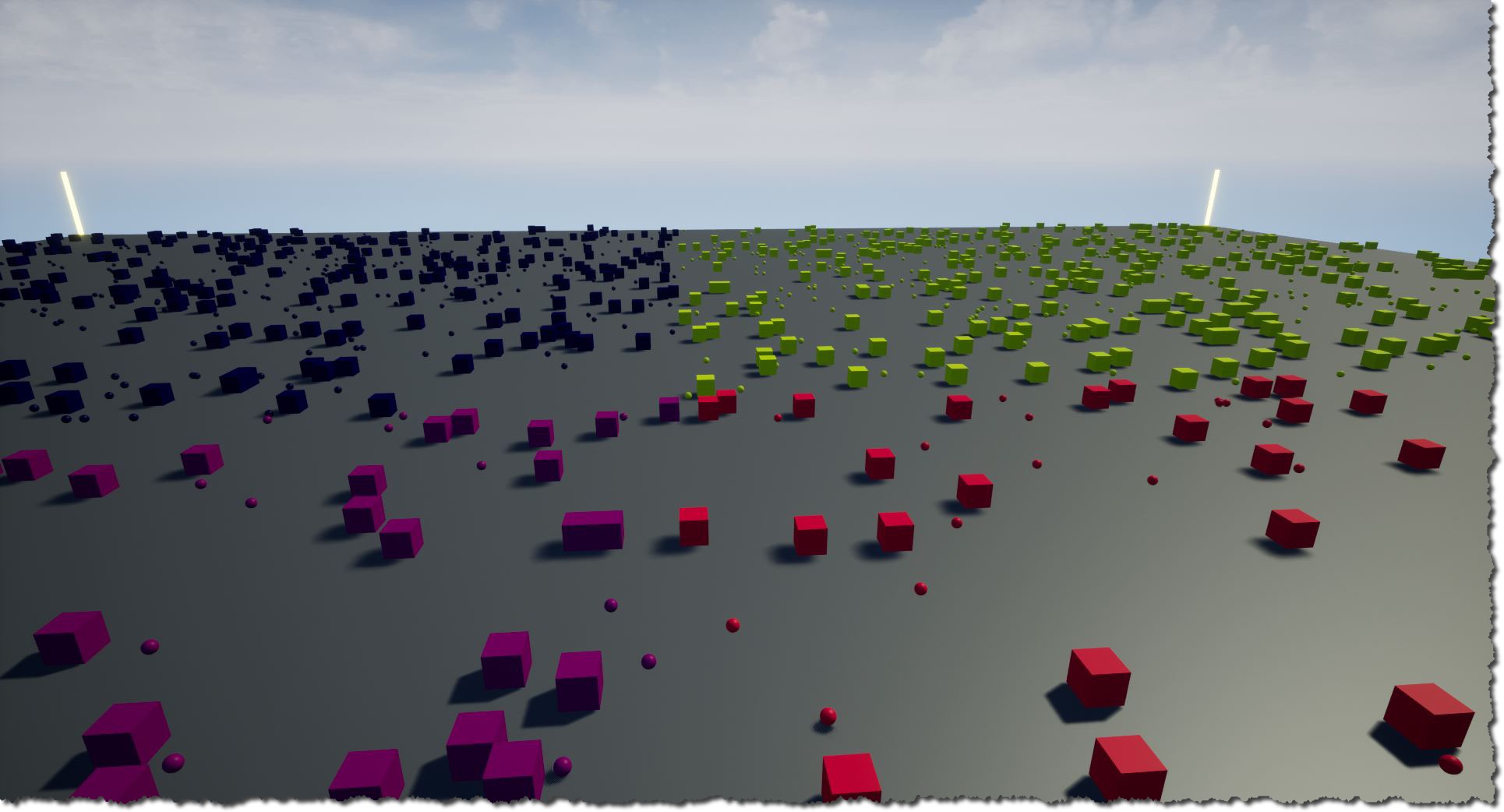Amazon has released a new fully managed service called AWS SimSpace Weaver – designed to help customers create “dynamic, 3D experiments to understand possible real-world outcomes and visualize and train in immersive spaces” or conduct experiments that closely approximate real-world systems locally or in the cloud.
By providing a dedicated compute service and SDK for spatial simulations AWS aims to help developers think bigger by removing the need for them to confine simulations to dedicated hardware that can be hard to flex.
It is already being used by aerospace and defence, gaming, and robotics companies, Amazon said. Customers pay an hourly rate of $6.08 (minimum 60 seconds) for each Amazon EC2 instance used by their simulation, each of which is assigned 2 vCPU and 1 GB of memory by default although these can, of course, be adjusted.
A schema (as a YAML-text file) for a sample project is included in the SimSpace Weaver SDK as a starting point.
So what is AWS SimSpace Weaver?
So what is AWS SimSpace Weaver and how can I use it?
The new managed service provides a local development environment for customers to iterate and test their spatial simulations for free on their personal hardware, before running their simulation at scale on AWS.
Amazon said that customers can deploy spatial simulations to “model dynamic systems with many data points (e.g., traffic patterns across an entire city, crowd flows in a venue, or factory-floor layouts), and then use the simulations to… perform immersive training, and garner insights on different scenarios.”
The local environment also uses the same APIs as AWS SimSpace Weaver, so customers can transition their simulation to the cloud without modifying any code. It is is generally available today in US East, US West, Singapore, Sydney, Frankfurt, Ireland, Stockholm, with availability in additional AWS Regions coming soon.
https://www.youtube.com/watch?time_continue=1483&v=CinEaKGcKIg
Who is using AWS SimSpace Weaver?
Aerospace, gaming and robotics companies have been among the early adopters.
“While developers previously had to compromise on scale versus fidelity when creating simulations, they now can create environments that more accurately reflect the amount of people and objects in the real world,” said Nathan Thomas, VP of Unreal Engine at Epic Games on Tuesday, adding that with Unreal Engine 5 with AWS SimSpace Weaver, user can scale Epic’s “City Sample” project to over one million interactive pedestrians.
“This opens the door for developers to create massive digital twins and simulations with new levels of realism”.
Duality Robotics, a digital twin simulation specialist, said it was building “high-fidelity physics, photoreal rendering, virtual sensors, and real-time performance with over a million concurrent agents” using a combination of its own software, Unreal Engine and underlying compute from AWS SimSpace Weaver.
Earthquake recovery demos...

Lockheed Martin meanwhile has used AWS SimSpace Weaver to develop an earthquake recovery demo for San Francisco, which illustrates the ways first responders might organise a huge-scale aid relief mission. Wesley Tanis, virtual prototyping engineer at Lockheed Martin said in a canned statement: “Together, we were able to simulate over a million objects in near real-time at a continental scale, giving us real-world insight to increase our situational preparedness and planning across a wide range of scenarios including natural disasters.”
Maxar, which provides geospatial intelligence for government and commercial customers, is using it for compute infrastructure management of its toolings. Dan Nord, SVP and GM of Enterprise Earth Intelligence at Maxar said: “Typically, spatial simulations require designers and developers to build a world first, then augment it with assets to create a compelling and immersive world. Only once the world is complete, does the team consider the computing power required to run the simulation. With the 3D geospatial digital twin of Earth built with Maxar’s Vivid imagery basemap, blackshark.ai’s synthetic buildings and textures, and AWS SimSpace Weaver handling compute infrastructure management, designers and developers can jump straight into creating vast, detailed simulations that are ready to scale” – the new AWS managed service in short makes it easier for partners' own customers to build real-world simulation faster than previous methods in short.
What will AWS SimSpace Weaver cost me?
A simple smart city simulation on a single sim.c5.24xlarge instance running for three hours a day over the course of a month (22 days) in US East (66 hours of compute) would cost around $400 dollars. Something more substantial that required 10 sim.c5.24xlarge instances over 1,760 hours of one month would cost $10,700.
Those curious can get set up here.








